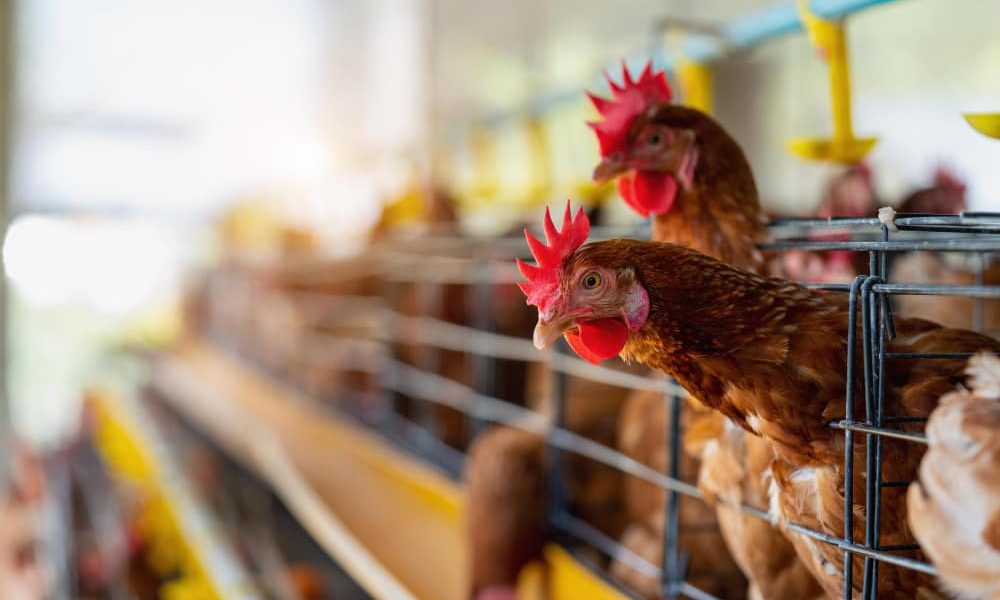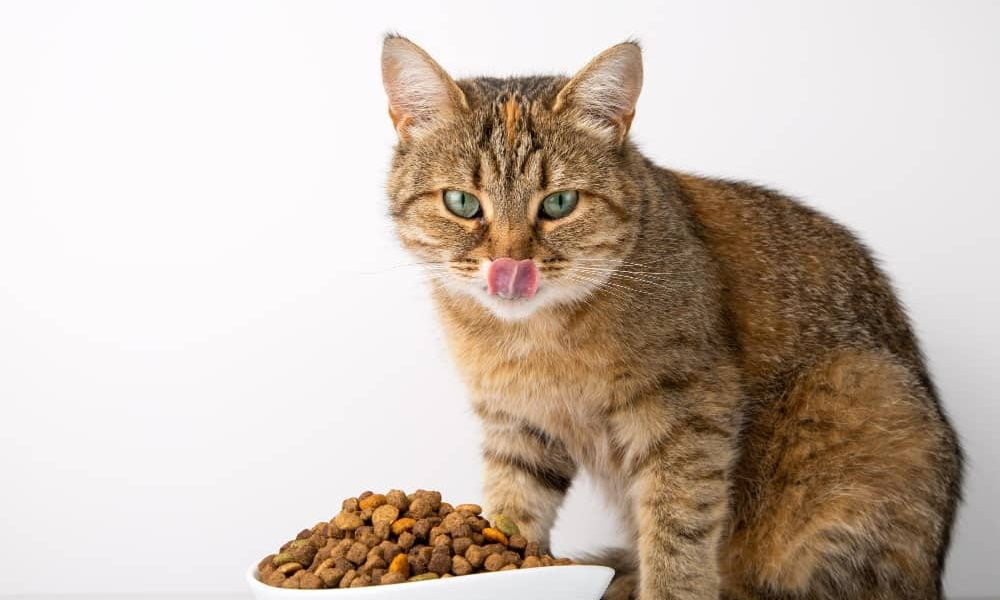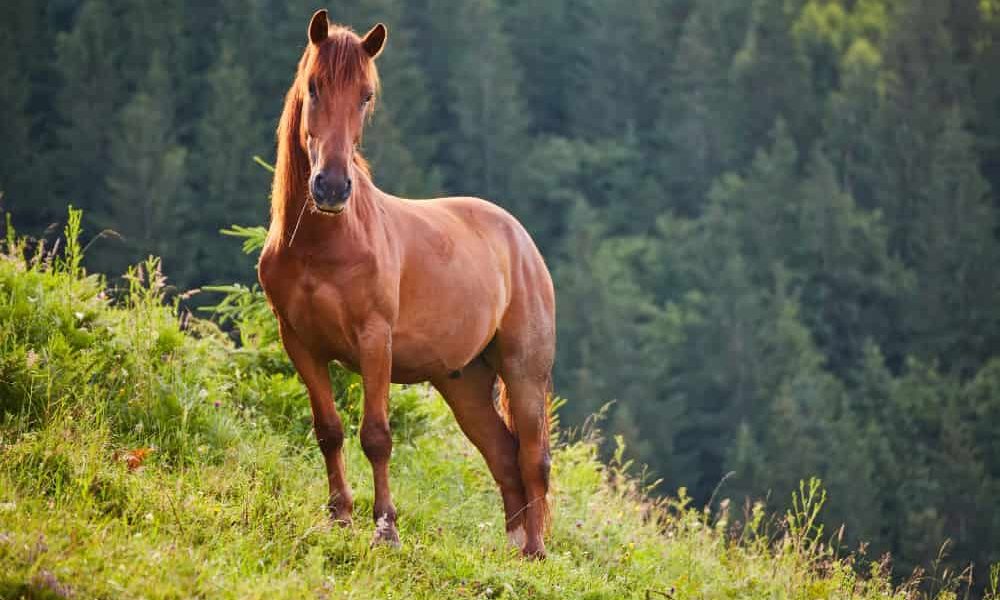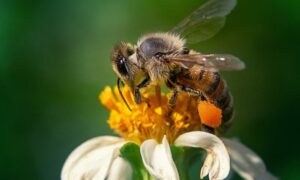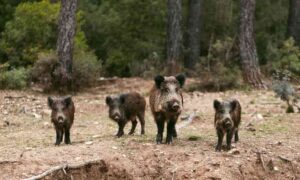In a world increasingly focused on sustainability, finding new uses for everyday waste is a rewarding way to contribute to the environment. Recycling isn’t just about tossing items in the correct bin; it’s about reimagining their purpose. One creative and eco-friendly project gaining popularity is transforming plastic bottles into bird feeders. Not only does this project give old plastic bottles a second life, but it also provides nourishment for birds, making your outdoor space more inviting.
Plastic bottles are one of the most common single-use items, contributing significantly to global waste. According to studies, millions of plastic bottles are discarded every day, many of which end up in landfills, oceans, or other natural environments. This accumulation poses a significant threat to wildlife, ecosystems, and human health. Repurposing these plastic bottles into bird feeders is an easy, fun, and impactful way to reduce plastic waste while supporting local bird populations.
The DIY bird feeder project is perfect for nature lovers, families, and anyone looking to engage in eco-friendly activities. It’s also an excellent craft for kids, teaching them about recycling and environmental stewardship. Whether you’re an avid birder or someone who just enjoys watching birds flutter by, creating a bird feeder from a plastic bottle offers a sense of satisfaction. Plus, you get the added joy of seeing birds visit your creation!
In this guide, we’ll walk you through a step-by-step process for transforming a used plastic bottle into a functional, attractive bird feeder. We’ll also explore why this project is beneficial for both the environment and the birds in your area. So grab a few basic supplies, and let’s get started!
Step-by-Step Guide to Making a DIY Bird Feeder from a Plastic Bottle
Making your own bird feeder from a recycled plastic bottle is easier than you might think. With just a few household materials and a little bit of creativity, you can design a feeder that is not only functional but also environmentally friendly.
Materials You’ll Need for a Plastic Bottle Bird Feeder
Before diving into the instructions, it’s important to gather all the necessary materials. Here’s a list of what you’ll need to create your DIY bird feeder:
- A clean, empty plastic bottle (1- or 2-liter bottles work best)
- Two wooden dowels, chopsticks, or pencils (for the perches)
- A utility knife or scissors (for cutting the bottle)
- String or wire (for hanging the feeder)
- Birdseed (you can choose the type based on the birds in your area)
- A small funnel (optional but helpful for adding the birdseed)
- Marker or pen (to mark where to cut)
- Paint, stickers, or eco-friendly decorations (if you want to personalize your feeder)
Once you have everything ready, it’s time to start building!
How to Prepare the Plastic Bottle for Bird Feeding
First, make sure your plastic bottle is clean and dry. Rinse it out with water, and remove any labels. This ensures that no harmful substances are left inside the bottle that could affect the birds.
Next, decide how many feeding holes you want to make. Typically, two to four feeding holes are sufficient for a standard-sized bottle, spaced evenly around the bottle’s circumference. Using a marker or pen, draw small circles where the feeding holes will go. These holes should be just big enough for the birds to access the seeds without spilling too much food. About 1-2 inches from the bottom of the bottle is usually a good place to make the holes.
Creating the Feeding Holes and Perches
Using a utility knife or scissors, carefully cut out the feeding holes. Make sure the edges are smooth to avoid injuring the birds. You can also use sandpaper to smooth any rough edges around the holes.
Next, you’ll want to create perches for the birds to sit on while they feed. This is where the wooden dowels, chopsticks, or pencils come into play. Below each feeding hole, use the utility knife to poke small holes just large enough for the dowels to slide through. Insert the dowels so they extend out from both sides of the bottle. These will serve as perches for the birds, giving them a place to stand while they peck at the seeds.
Assembling the Bird Feeder with Recycled Plastic Materials
Once the perches are in place, it’s time to fill your bird feeder with birdseed. Using a small funnel (or carefully pouring by hand), fill the bottle with birdseed until it’s about two-thirds full. Avoid filling the bottle completely, as this could cause seeds to spill out too easily.
Now, you need to prepare the feeder for hanging. Make two small holes near the top of the bottle, just below the cap. Thread a piece of string or wire through these holes, and tie a knot to secure it. This will be how you hang your feeder.
Finally, if you want to add a personal touch, feel free to decorate your bird feeder. Use eco-friendly paints, stickers, or natural materials like leaves and twine to give your feeder a unique look. Just be mindful not to use any toxic materials that could harm the birds.
Once you’ve assembled and decorated your feeder, screw the cap back on the bottle. Congratulations! Your DIY bird feeder is ready to be hung outside, where it can welcome local birds to stop by for a snack.
Creating a bird feeder from a recycled plastic bottle is a simple and rewarding project that benefits both the environment and wildlife. By following these steps, you’re not only helping reduce plastic waste but also supporting your local ecosystem. In the next sections, we’ll cover how to choose the best food for your feeder, the optimal places to hang it, and tips for maintaining it to ensure the birds keep coming back!
Decorating and Personalizing Your DIY Bird Feeder
Now that you have a functional bird feeder, why not take it a step further and make it uniquely yours? One of the best parts of creating a DIY bird feeder is the opportunity to get creative. Personalizing your feeder not only makes it visually appealing but can also blend it seamlessly into your outdoor space.
How to Decorate a Plastic Bottle Bird Feeder Using Eco-Friendly Paints
If you want to add color and vibrancy to your bird feeder, eco-friendly paints are a great option. Look for paints that are water-based and non-toxic, as these are safe for the environment and the birds that will visit your feeder. You can opt for nature-inspired colors like green, brown, or blue, or go bold with bright shades that catch the eye.
Here’s a quick guide on how to paint your feeder:
- Make sure the plastic bottle is clean and dry before painting.
- Use a brush to apply a base coat, ensuring even coverage. Let it dry completely before adding any additional layers.
- Once the base coat is dry, you can add patterns, designs, or even bird-related images (such as feathers, wings, or silhouettes).
- Be mindful to avoid painting near the feeding holes, as paint could chip off and mix with the birdseed.
After painting, let the bottle dry fully for a few hours or overnight. This will ensure the paint adheres well and doesn’t smudge when handled.
Creative Ways to Personalize Your DIY Bird Feeder
Aside from painting, there are many other ways to personalize your feeder. Here are a few ideas:
- Add stickers or decals: Use eco-friendly, weather-resistant stickers to give your bird feeder some character. You could create a nature-inspired theme with butterflies, flowers, or leaves.
- Wrap with twine or rope: For a rustic look, consider wrapping the bottle with natural twine or hemp rope. This not only enhances the visual appeal but also gives the feeder a tactile texture that birds may appreciate.
- Attach natural elements: Use hot glue to attach small sticks, leaves, or pinecones to your bird feeder. This creates a more organic, natural look that blends well with garden or backyard settings.
Personalizing your bird feeder allows you to have a one-of-a-kind piece that complements your outdoor décor while being functional. Just remember, when decorating, always opt for eco-friendly materials that won’t harm the birds or the environment.
Types of Bird Food for Your DIY Recycled Plastic Feeder
Now that your bird feeder is ready, the next important step is choosing the right type of bird food. Different types of birdseed will attract various species, so knowing what you want to attract can help you make the best choice.
What Kind of Bird Seeds Work Best for Your Feeder?
There are many varieties of bird food to consider. Here’s a breakdown of the most common types and which birds they attract:
- Black Oil Sunflower Seeds: These seeds are popular because they attract a wide variety of birds, including chickadees, cardinals, woodpeckers, and nuthatches. They have thin shells, making them easy for most birds to crack open.
- Nyjer (Thistle) Seeds: If you’re hoping to attract finches, nyjer seeds are the way to go. Goldfinches, house finches, and pine siskins love these tiny, high-fat seeds, especially during the colder months.
- Millet: White proso millet is a favorite among ground-feeding birds like sparrows, doves, and juncos. You can mix millet with other seeds to appeal to a wider variety of birds.
- Safflower Seeds: These seeds are often ignored by squirrels, making them a great option for people dealing with pesky intruders. Birds like cardinals, chickadees, and grosbeaks enjoy safflower seeds.
- Cracked Corn: Attract larger birds like crows, jays, and ducks by adding cracked corn to your feeder. Be aware that this might also attract other animals, such as squirrels and raccoons.
How to Attract Local Birds to Your Feeder with Specific Food Types
It’s important to know what bird species are common in your area. If you’re not sure, a quick search online or a visit to a local birdwatching group can give you insights. Once you know which birds frequent your region, you can tailor your bird food selection accordingly.
To increase your chances of attracting a variety of birds, consider offering a mix of seeds. Combining sunflower seeds, millet, and thistle will ensure that your feeder appeals to a range of birds, from small finches to larger cardinals. Additionally, using high-quality bird food free of fillers (like milo or wheat) will encourage birds to keep coming back.
How to Hang Your Plastic Bottle Bird Feeder
With your feeder decorated, filled with birdseed, and ready to go, the next step is to find the perfect location to hang it. Placement is key when it comes to attracting birds and ensuring their safety.
Finding the Best Location for Hanging a Bird Feeder
When choosing a location for your bird feeder, consider both the birds and your viewing pleasure. Ideally, you want a spot that is visible from inside your home so you can enjoy watching the birds, but also safe and accessible for them.
Here are a few tips for choosing the best location:
- Away from windows: Place the feeder at least 10-15 feet away from windows to prevent birds from flying into the glass. Alternatively, hang the feeder very close to the window (within 3 feet), as this reduces the speed at which birds may collide.
- Near trees or shrubs: Birds appreciate having nearby cover where they can retreat from predators. Place your feeder near trees or shrubs so birds can easily find shelter after feeding.
- Safe from predators: Keep your feeder out of reach of common predators, such as cats. Elevated feeders placed on sturdy poles with predator guards can help keep birds safe.
- Good lighting and visibility: Birds are more likely to visit a feeder that is well-lit and visible from the sky. Avoid placing the feeder in deep shade or under heavy foliage.
How to Securely Hang Your Plastic Bottle Bird Feeder Outdoors
Once you’ve selected the ideal spot, it’s time to hang your feeder. Use strong, weather-resistant string or wire to ensure that your feeder remains in place, even in windy conditions. You can hang the feeder from a tree branch, hook, or a bird feeder pole. Make sure the feeder is hung at a height that is accessible for you to refill and clean regularly, but also safe from animals that might try to knock it down.
If you live in an area with high winds, consider securing the bottom of the feeder with an extra string or stabilizer to prevent excessive swaying, which can deter birds.
With your bird feeder securely hung, all that’s left is to sit back, relax, and enjoy watching the birds visit your new eco-friendly creation!
Sustainable Bird Feeder Maintenance Tips
Now that your DIY bird feeder is in place, it’s important to maintain it properly. Regular upkeep ensures that your feeder remains clean, functional, and attractive to birds. Moreover, keeping the feeder clean helps prevent the spread of diseases among the bird population and ensures the food remains fresh and safe for consumption.
How to Clean Your Recycled Plastic Bottle Bird Feeder
Bird feeders can become breeding grounds for bacteria, mold, and fungi if not cleaned regularly. These can be harmful to birds, so it’s essential to clean your feeder at least once every two weeks—or more frequently during periods of heavy use or wet weather.
Here’s how to clean your plastic bottle bird feeder:
- Empty the feeder: Remove all leftover seeds from the feeder. If the seeds have become wet or moldy, dispose of them properly—do not feed them to the birds.
- Disassemble if possible: If your feeder has parts that can be easily removed (such as the perches or the cap), take them apart for a more thorough cleaning.
- Soak in soapy water: Soak the feeder and its parts in warm, soapy water. Use a mild dish soap, as stronger cleaning agents could leave harmful residues. Let it sit for at least 10-15 minutes to loosen any debris.
- Scrub: Using a bottle brush or an old toothbrush, scrub the inside of the bottle and around the feeding holes to remove any dirt, seed debris, or mold.
- Rinse thoroughly: Ensure all soap is rinsed away with clean water. Any soap residue left inside the feeder could be harmful to birds.
- Dry completely: Before refilling your feeder with fresh seed, make sure it is completely dry. Damp feeders can cause the seeds to spoil quickly.
How Often Should You Replace the Bird Food?
It’s essential to check the condition of the bird food regularly. In warmer climates, or during rainy seasons, birdseed can spoil more quickly. Here are a few tips to keep the food fresh:
- Replace wet or clumped seeds: If you notice the seeds have become wet, clumped, or moldy, discard them immediately. Wet seeds are not only unappetizing to birds but can also lead to fungal infections like Aspergillosis, which can be fatal to birds.
- Store birdseed properly: Keep your birdseed in a cool, dry place to prevent it from going bad. Airtight containers are ideal for keeping pests like insects and rodents out.
- Monitor feeding levels: If the birds aren’t consuming the seed as quickly as expected, remove the old seed, clean the feeder, and refill it with fresh food. This ensures that birds are getting nutritious food rather than stale or spoiled seeds.
By following these maintenance tips, you’ll create a safe and inviting feeding station for local birds, encouraging them to return to your feeder regularly.
Conclusion: The Environmental Impact of Recycled Plastic Bird Feeders
Creating a bird feeder from a recycled plastic bottle is more than just a fun craft project; it’s a meaningful way to contribute to sustainability efforts. As we face growing environmental challenges, small actions like upcycling plastic bottles help reduce the volume of waste that ends up in landfills and oceans. Plastic waste is one of the largest environmental concerns today, and finding creative ways to repurpose it is an impactful way to make a difference.
By building your own bird feeder, you’re not only helping to reduce plastic pollution but also contributing to the well-being of local bird populations. Birds play a crucial role in maintaining ecosystems, from controlling insect populations to aiding in seed dispersal. By providing them with a safe, reliable food source, you’re actively supporting your local ecosystem.
Additionally, this project is a great way to inspire others to take action. Sharing your bird feeder project with friends, family, and your community can encourage more people to recycle and engage in eco-friendly activities. Whether you’re a bird lover, a parent teaching your children about sustainability, or just someone looking to reduce your environmental footprint, creating a DIY bird feeder is a simple yet powerful way to help both the planet and its wildlife.
Next time you finish a plastic bottle, instead of throwing it away, consider turning it into something beautiful and beneficial. With a few simple materials and a little creativity, you can give that plastic bottle a second life and enjoy the beauty of nature right in your backyard.
So, go ahead—start your DIY bird feeder project today, and watch as your garden becomes a haven for local birds. The chirping, fluttering, and joy that follow will be well worth the effort!
With this guide, you now have all the information you need to create, maintain, and enjoy a DIY bird feeder made from recycled plastic bottles. By engaging in this eco-friendly project, you’re not only reducing plastic waste but also creating a welcoming space for birds in your local area. Happy bird watching!
